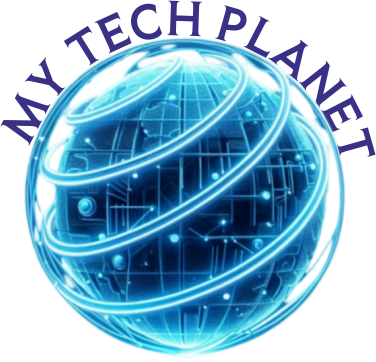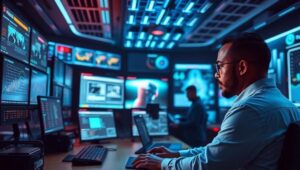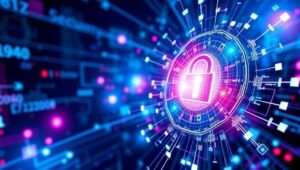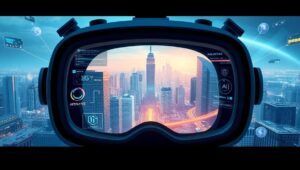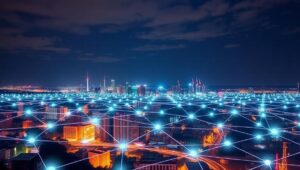May 30, 2025
Software for Quantum Computers: A New Programming Paradigm (2028+)
Software for Quantum Computers: A New Programming Paradigm (2028+) The realm of quantum computing, once relegated to the theoretical, is rapidly approaching practical realization. As quantum computers transition from experimental prototypes to more stable and accessible systems, the need for robust and intuitive software solutions becomes paramount. This article explores the emerging landscape of software for quantum computers, highlighting the novel programming paradigms, key development tools, and future challenges that lie ahead. The Quantum Software Stack Classical computing relies on a well-established software stack, from high-level programming languages to low-level machine code. Quantum computing necessitates a reimagining of this stack
